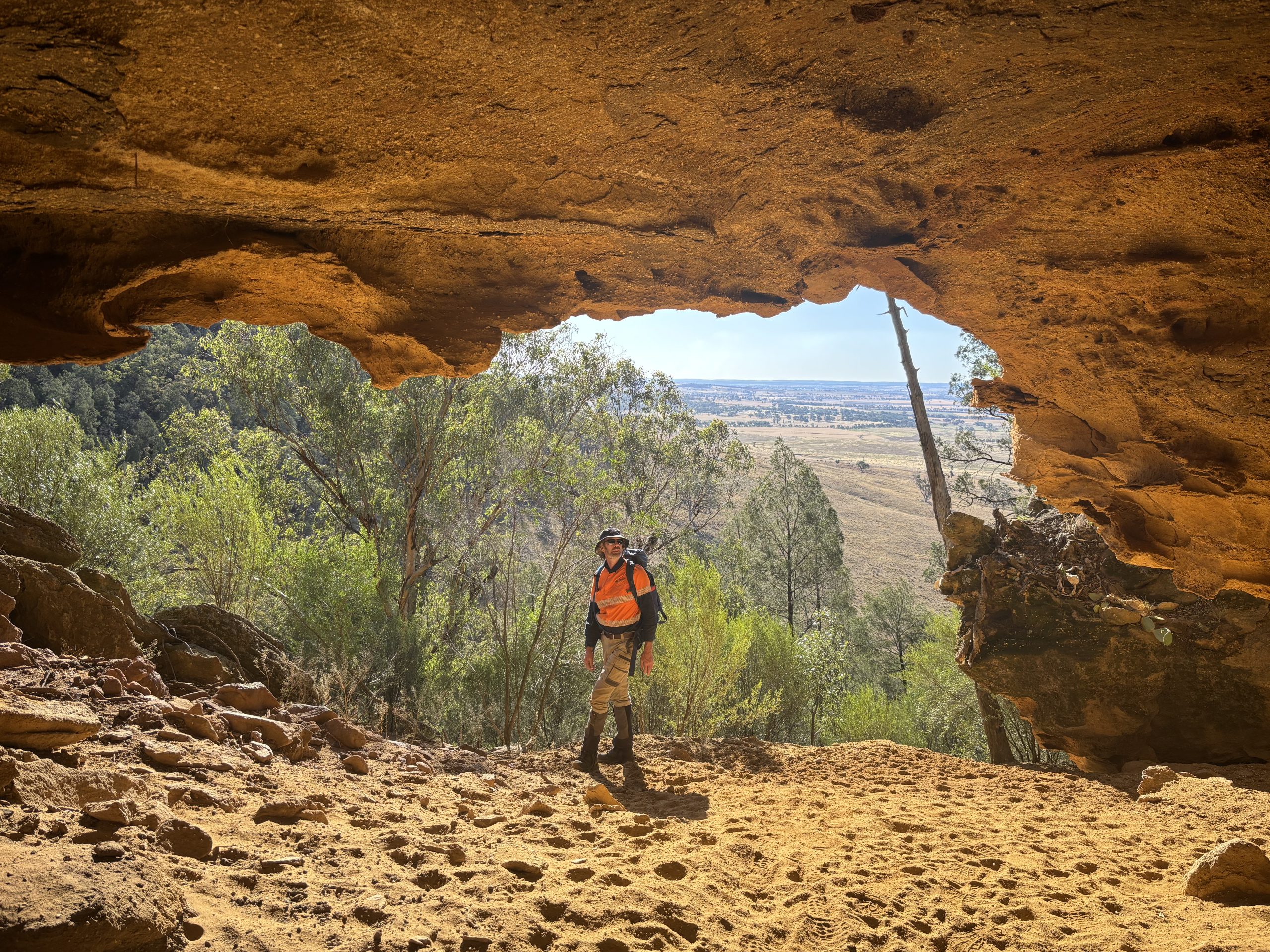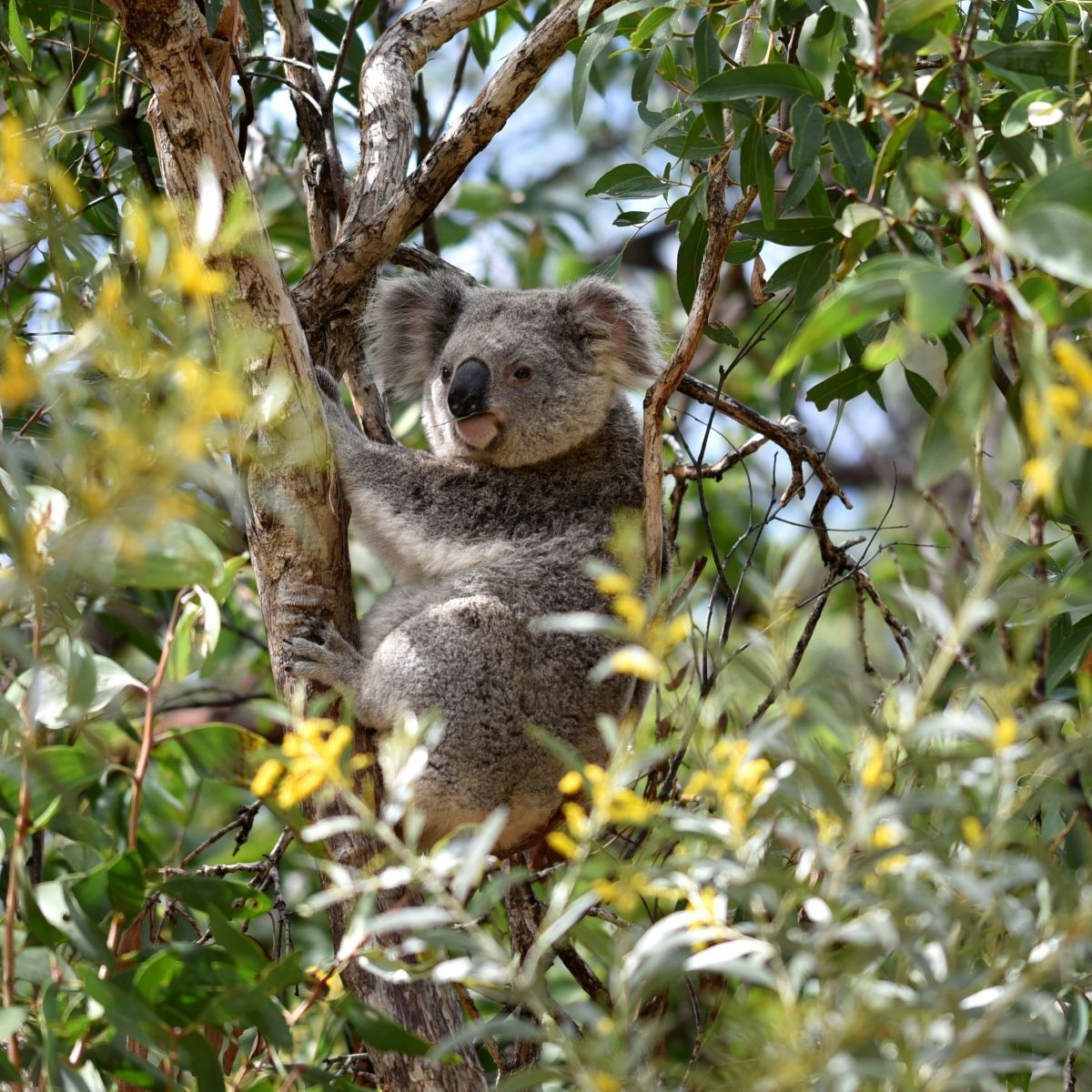Spring survey season—What are our ecologists looking for out in the field?
Authors: Sian Griffiths, Practice Leader – Ecology
September 17, 2025
News & Insights
Spring has officially started, and Niche’s ecologists have already begun spring surveys for our Ecology and Natural Capital clients to identify threatened species that might be present in their project areas.
For an ecologist, spring is an exciting time of the year. Longer days and warmer temperatures herald a bloom of growth and activity for the flora and fauna at our survey sites, as well as mark the start of busy season of field work.
Sian Griffiths, Practice Leader – Ecology, shares some insights on the flora and fauna species our teams are most excited to see during their survey work this spring.
Leucochrysum albicans subsp. tricolor “Hoary Sunray”
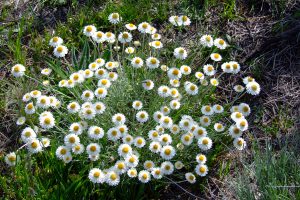
NSW Government Office of Environment and Heritage; Copyright © OEH
The Hoary Sunray is a perennial daisy found only in south-east Australia and blooms at the start of Spring. This vibrant daisy has many stable populations across NSW and the ACT but is considered endangered as its populations are threatened by a variety of risk factors including grazing by Cattle and overabundant kangaroos, competition from invasive species, and loss of available habitat.
The Hoary Sunray plant is commonly seen in altered environments like roadsides and can benefit from some forms of disturbance, as it needs bare ground for the seeds to sprout.
The Hoary Sunray is easiest to locate and identify when in flower, so we survey for it in spring when the species is in peak flower.
Survey for this species are undertaken via parallel transects through the species habitat, searching for those pretty flowers. This simply means ecologists walk systematic parallel paths at a set distance to ensure the potential habitat is adequately surveyed.
Prasophyllum petilum “Tarengo Leek Orchid”

NSW Government Office of Environment and Heritage Copyright © Rob Armstrong, OEH
The Tarengo Leek Orchid is a small, endangered plant that only grows in a few disconnected populations across NSW and the ACT. This orchid blooms with pretty green and pink flowers but prefers long grass which can make it quite a challenge to find!
The Tarengo Leek Orchid only has five known populations, and three of them are cemeteries.
The species is surveyed during spring and early summer when it is in flower. Plants go underground after producing fruits, making them not visible above ground outside of their active growing seasons.
Surveys for the Tarengo Leek Orchid are undertaken via close parallel transects, walking systematic parallel paths through the species habitat searching for signs of this rare species.
Callocephalon fimbriatum “Gang-gang Cockatoo
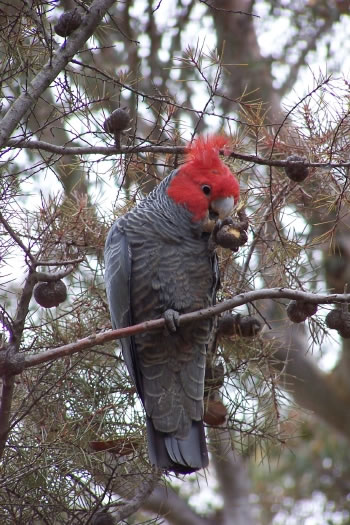
NSW Government Office of Environment and Heritage; Canberra Copyright © Zarni Bear
The Gang-gang Cockatoo is a visually distinct cockatoo that prefers cooler, wetter forests of NSW, Victoria, and the ACT. Male Gang-gangs have a red head and crest while the females are mostly grey with a fluffy crest. Gang-gang Cockatoos nest in hollows which can take up to a century to form, making them highly susceptible to mismanaged bushfires and habitat destruction.
Gang-gang Cockatoos are monogamous and form strong pair-bonds. Their call is a creaky, rising screech that sounds like a rusty hinge.
Gang-gang cockatoos are surveyed in spring, as this is their key breeding season when they are concentrated in their high-elevation nesting habitats, making them easier to find and monitor.
To survey for the Gang-gang Cockatoo, the initial step involves confirming the availability of breeding habitat, specifically the presence of suitable hollows. Once the breeding habitat is confirmed, daytime bird surveys are carried out to observe any indicators of breeding activity.
Cercartetus nanus “Eastern Pygmy-possum”
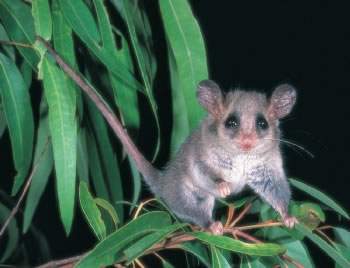
NSW Government Office of Environment and Heritage; Copyright © Australian Museum
The Eastern Pygmy-possum is tiny (15 to 45 grams) and found in a wide variety of habitats across the south-east coast and Tasmania. An avid climber with a prehensile tail, the Eastern Pygmy-possum lives in trees, shrubbery, and abandoned bird nests.
Birds that prey on the Eastern Pygmy-possum sometimes regurgitate them in caves, which are great for preserving bones. Because of this, Eastern Pygmy-possum fossils that are over 10,000 years old have been found.
Surveys are conducted in spring to coincide with the spring breeding season of the Eastern Pygmy-possum.
Techniques used to survey for Eastern Pygmy-possum include spotlighting, nest boxes and camera traps.
Litoria castanea “Yellow-spotted Tree Frog”
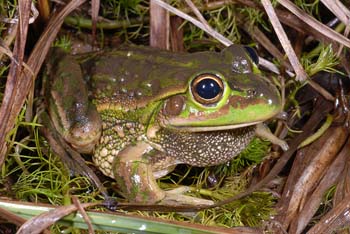
NSW Government Office of Environment and Heritage; Copyright © David Hunter
Known by a variety of common names including the Yellow-spotted Tree Frog or Yellow-spotted Bell Frog, this pale green or golden-brown frog is critically endangered and was believed to be extinct for 30 years until it was rediscovered in 2009. The Yellow-spotted Tree Frog is endemic to the New England Tablelands bioregion which is split between NSW and Qld.
After it was rediscovered, Sydney’s Taronga Zoo bred and released a small colony of Yellow-spotted Tree Frogs in a secret location in 2018 to preserve the species.
Yellow-spotted Tree Frog surveys are conducted in spring and summer to coincide with the species breeding season, increasing the likelihood of encountering individuals during their active period.
The species is surveyed using a combination of aural-visual surveys (directly observing and listening), acoustic recorder surveys (sound recorders that are left out for long period of time to record the sounds of the target species), or tadpole surveys conducted along the edges of suitable breeding habitat.
Hoplocephalus bungaroides “Broad-headed Snake”
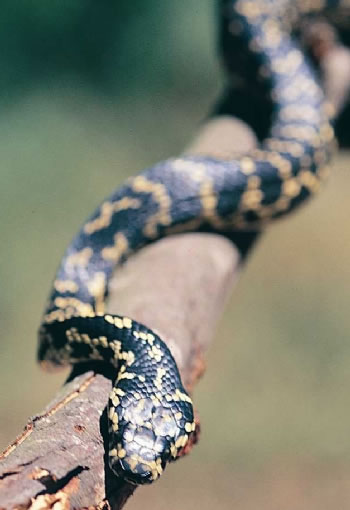
NSW Government Office of Environment and Heritage; Copyright © DEC
The Broad-headed Snake is a medium-sized, endangered snake found across the Sydney Basin. Sometimes mistaken for a Carpet Python subspecies, the Broad-headed Snake is venomous and nocturnal, feeding on lizards and frogs.
As a ground-dwelling snake that lives in bush rocks such as sandstone, one of their largest habitat threats is rock removal for suburban landscaping projects.
Broad-headed Snake surveys are conducted in spring as this is when the snakes come out from their winter shelters under rocks and become more active. In spring, the snakes seek thin, sun-exposed rocks for thermoregulation purposes.
Broad-headed Snake surveys involve searching suitable sheltering sites (under rocks or in crevices).
Ecology experience pays off in spring
From vibrant daisies and elusive orchids to tiny possums and rediscovered frogs, the species that show themselves in spring are critical to the work we do. The native flora and fauna of Australia plays a vital role in the ecosystem we study and protect.
The skills, planning and resources required to run effective large-scale surveys at often remote locations, plus the technical know-how of ecologists to locate, identify and document these species, is something Niche has perfected over the last 16 years.
Our Ecology and Natural Capital teams will be busy and enjoying themselves out in the field this spring, searching for the species above and many more!


